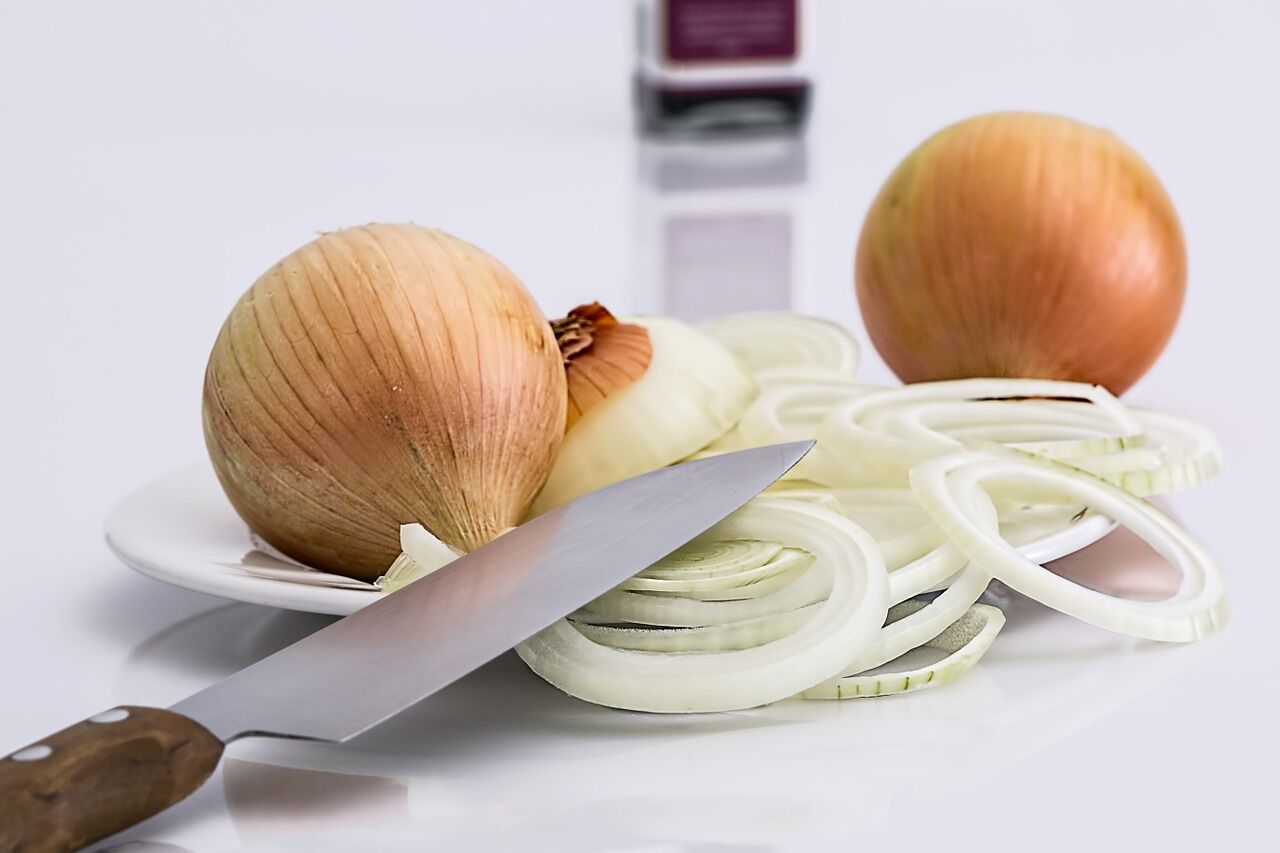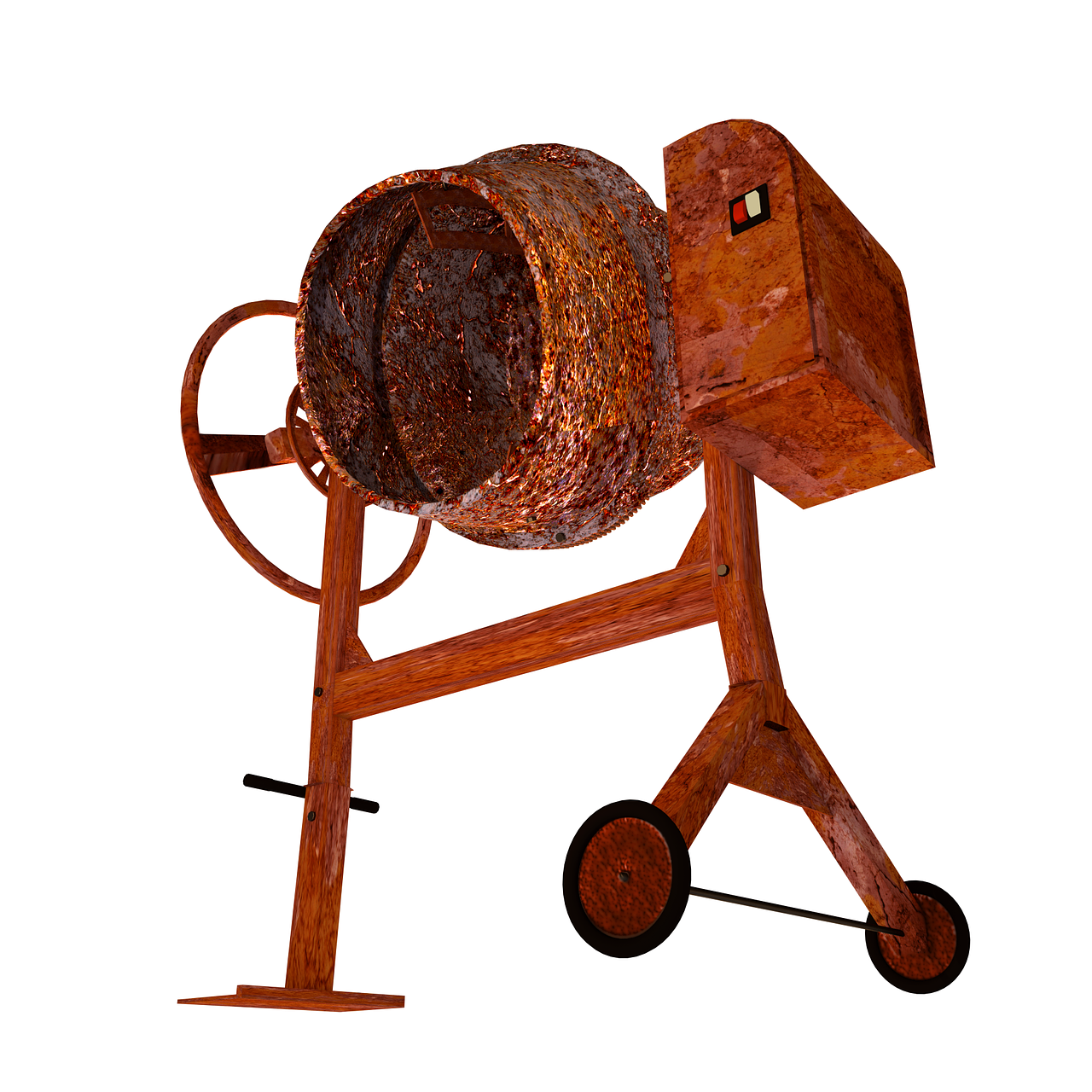Improvised pyrotechnic igniters are awesome. Heck, any kind of legal pyrotechnics is awesome. The only thing that comes close is eating bacon wrapped jalapenos while your hot wife rubs your feet while you watch a John Wayne movie. Since few things are better than shooting fireworks, especially fireworks you made I want to share with […]
Author: David Nash
Boxing Reflex Ball Review
I have been thinking about buying one of these boxing reflex ball headbands for a few months. When I was WT’s age I did not do a lot of sports and never built up my hand eye coordination when it was easy to do. I have even plotted to make my own with a […]
How to Make Chocolate Milk: The TNTell Method
William (he calls himself TNTell the YouTuber) came to me while I was working on my website and was so excited that he made his own chocolate milk without asking for help (he says he can do that because he is 6). He said he wanted to make a video on how to make […]
Kitchen Knife Safety Tips: How to use Knives like a pro
One common item that you will find in every kitchen is at least one knife. There are different kinds of knives in cutlery sets, and each particular knife has a different function altogether. Popular kitchen knives being boning knife, bread knife, chef’s knife, but there are other specialty kinds also. Similarly, you will find different […]
How to Restore Your Rusted Power Tools
Tools are expensive and if you have a few that have seen better days because of rust, it’s possible to restore your rusted power tools to like-new condition — with some effort. Unlike rust-encrusted hand tools, power tools have both mechanical and electrical components that make safety paramount. The good news is that the right […]





